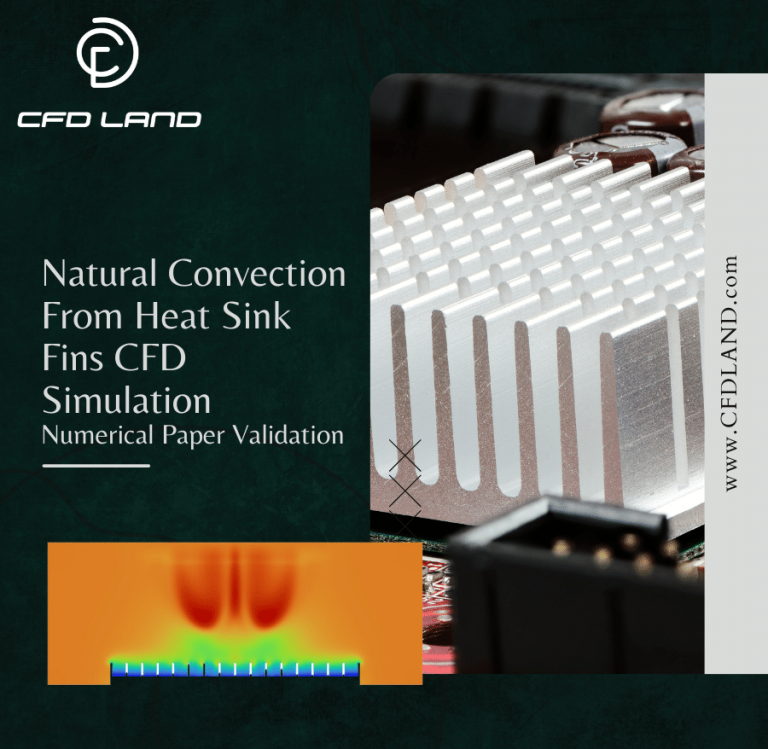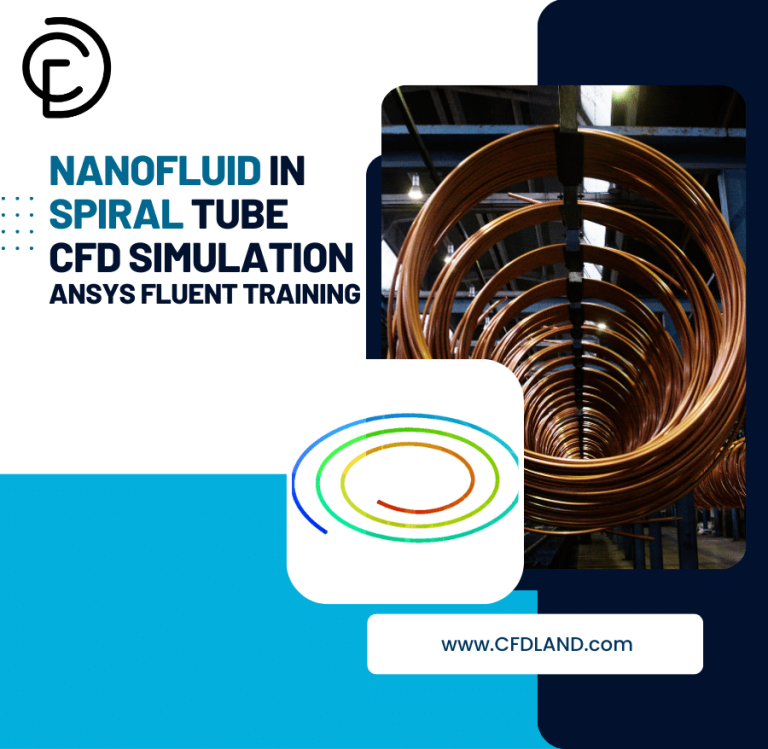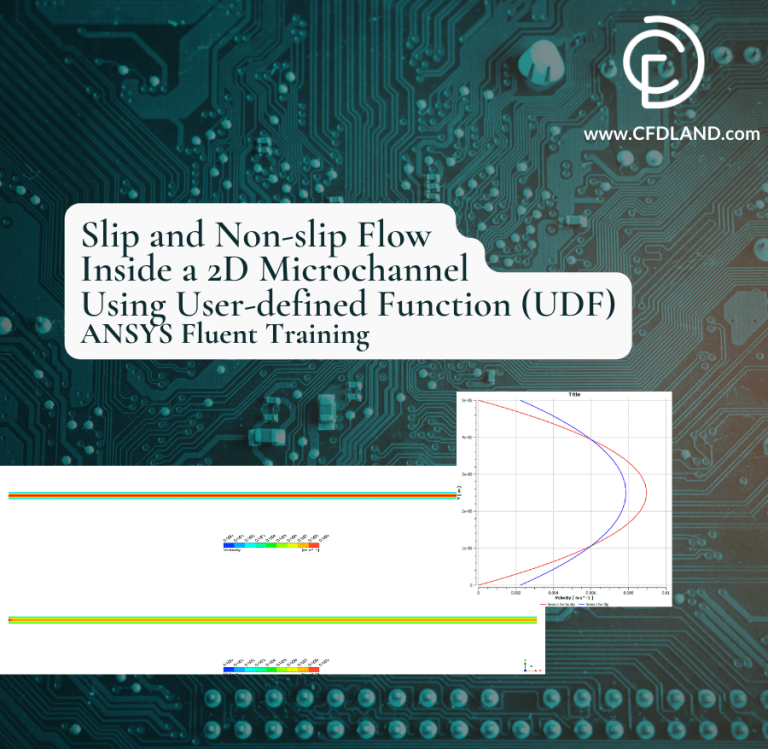Compressible Flow In Nozzle CFD Simulation, ANSYS Fluent Training
Compressible Flow In Nozzle CFD Simulation, ANSYS Fluent Training
- Upon ordering this product, you will be provided with a geometry file, a mesh file, and an in-depth Training Video that offers a step-by-step training on the simulation process.
- For any more inquiries regarding the product, please do not hesitate to reach out to us at info@CFDLAND.com or through our online support assistant.
€125.00 Original price was: €125.00.€95.00Current price is: €95.00.
Compressible flow in a nozzle is essential in aerospace and mechanical engineering. As a gas moves through varying areas in the nozzle, its velocity, pressure, and temperature change significantly. The flow is governed by conservation laws and characterized by the Mach number. Understanding this flow is crucial for designing rocket engines, jet propulsion systems, and industrial processes involving high-speed gas flows. This study analyzes the behaviour of air as it moves through a nozzle regarding compressibility assumption.
Simulation Process
Having split from the midplane, the Axisymmetric approach is applied to solve flow equations in a cylindrical framework. Consequently, only 13530 cells established a structured grid. The ideal gas density model describes how a gas’s density changes with pressure, temperature, and composition. It is commonly used to predict gases’ behavior under different conditions. The supersonic flow in the interior zone increases the expectation of a high Mach number of regions.

Figure 1: Structured grid on half-modeled nozzle region
Post-processing
The velocity contour plot of the axisymmetric nozzle simulation reveals the characteristic behavior of compressible flow through a converging-diverging nozzle. The flow enters from the left at a relatively low velocity, indicated by the blue region. As it passes through the converging section, the velocity gradually increases, shown by the transition to green and yellow colors. The flow reaches its highest velocity at and immediately after the throat, represented by the intense red region. In the diverging section, the flow continues to accelerate, maintaining high velocities as indicated by the orange and red colors. The symmetry of the contours about the centerline confirms the axisymmetric nature of the simulation. The smooth transition of colours suggests a well-behaved flow without significant shocks or discontinuities. This visualization effectively demonstrates the principle of converting pressure energy to kinetic energy as the flow accelerates through the nozzle, a key concept in compressible flow dynamics.
We pride ourselves on presenting unique products at CFDLAND. We stand out for our scientific rigor and validity. Our products are not based on guesswork or theoretical assumptions like many others. Instead, most of our products are validated using experimental or numerical data from valued scientific journals. Even if direct validation isn’t possible, we build our models and assumptions on the latest research, typically using reference articles to approximate reality.
Yes, we’ll be here . If you have trouble loading files, having technical problems, or have any questions about how to use our products, our technical support team is here to help.
You can load geometry and mesh files, as well as case and data files, using any version of ANSYS Fluent.
€160.00 Original price was: €160.00.€75.00Current price is: €75.00.

€280.00 Original price was: €280.00.€145.00Current price is: €145.00.

€360.00 Original price was: €360.00.€185.00Current price is: €185.00.

€240.00 Original price was: €240.00.€125.00Current price is: €125.00.

€190.00 Original price was: €190.00.€99.00Current price is: €99.00.

€185.00 Original price was: €185.00.€145.00Current price is: €145.00.



















Reviews
There are no reviews yet.